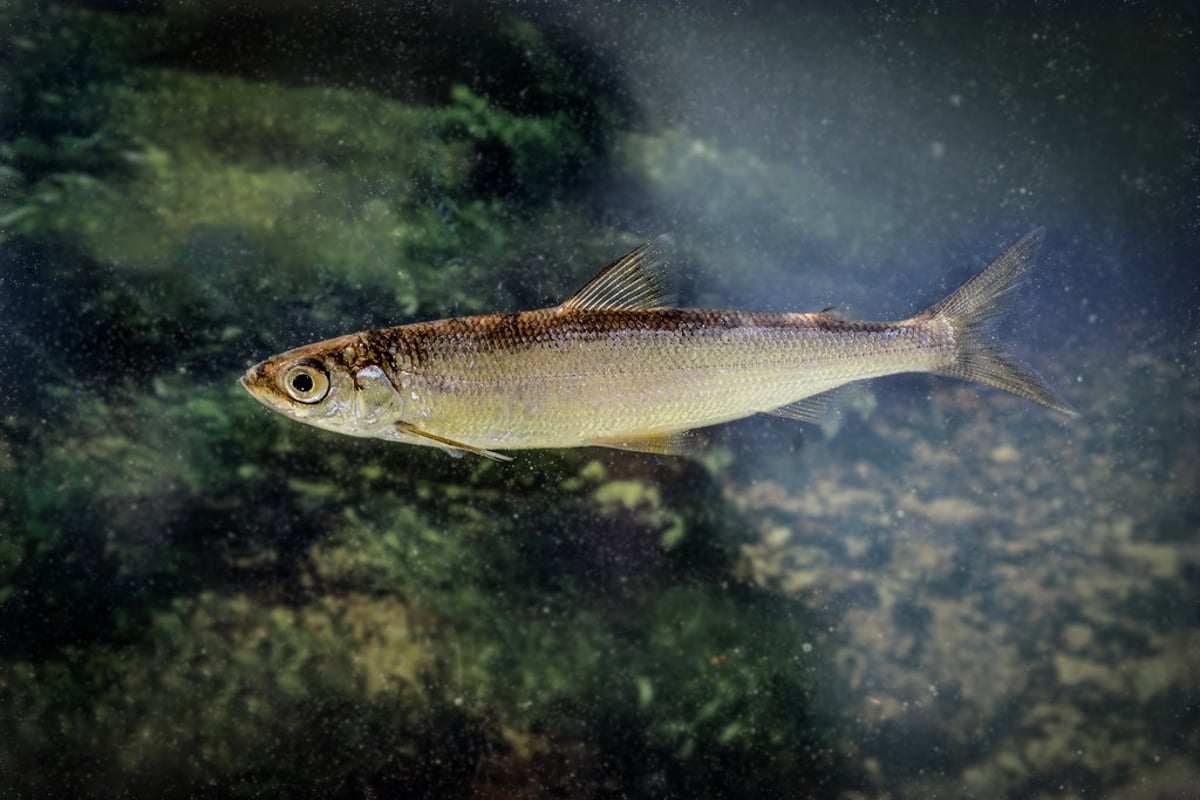Copyright scotsman

The rarest species of fish in the UK is thriving in a Scottish loch - according to wildlife experts. A survey conducted at the National Trust for Scotland’s Grey Mare’s Tail Nature Reserve in Dumfries & Galloway has confirmed that the vendace population is continuing to grow at Loch Skeen in the Moffat Hills. Vendace is a northern fish species which dates back to the Ice Age and requires deep, cold, and well-oxygenated lochs to survive, making Loch Skeen a suitable habitat. The species became extinct in Scotland during the 20th century and has only been known to exist at four sites across the UK: Bassenthwaite Lake and Derwent Water in the Lake District, and the Castle and Mill Lochs in Lochmaben, Dumfriesshire. Vendace were successfully reintroduced to Loch Skeen at the Trust’s Grey Mare’s Tail Nature Reserve from Lake Bassenthwaite and Derwentwater in the late 1990s by Scottish Natural Heritage (now NatureScot) with the ambition to establish a thriving population. Loch Skeen was one of 108 lochs assessed for habitat suitability, and it is now home to a healthy population of vendace, with only one natural population currently remaining in Derwentwater. The survey involved Trust staff, consultant Alex Lyle and experts from the University of Glasgow using a small boat to set nets on Loch Skeen, and the results determined that the current population is “highly abundant”. Due to the specific cold water temperatures required for the species to survive, vendace are particularly vulnerable to climate change and are one of the Trust’s priority species in its Plan for Nature. Ciaran Hatsell, Head Ranger at the National Trust for Scotland’s Grey Mare’s Tail Nature Reserve, said: “The vendace is an incredibly rare and iconic species, and we are very fortunate to have them present here in the depths of Loch Skeen at Grey Mare’s Tail. “The species faces many threats, from invasive species to water pollution, but climate change is one of its biggest challenges. Loch Skeen is currently the perfect environment for them, but warming temperatures could change this for the species in the future. “We are therefore delighted to confirm that the population is in good health. It is a huge collaborative effort to continue protecting and conserving our places and species, and it is an honour to champion the vendace in Scotland.” Read more: Scottish Butterflies: These are Scotland's 35 native species of butterfly - and where and when to see them Dan Watson, Senior Nature Conservation Officer at the National Trust for Scotland, said: “The success of the vendace population at Loch Skeen is a testament to the hard work and skill of dedicated staff, volunteers and specialist contractors and highlights the Trust’s role in protecting and conserving wildlife in Scotland’s changing natural environment through targeted conservation efforts, including habitat restoration and monitoring programmes. “Every species we protect is a step towards safeguarding Scotland's nature, beauty and heritage for everyone. We are very grateful to our supporters and members for enabling us to continue to understand, care for, and protect our natural heritage.” Launched in 2024, the Trust’s Plan for Nature outlines its ambitions for conserving the nature in its care and will play an important part in delivering government commitments for nature, including the Scottish Biodiversity Strategy, and tackling the nature and climate crises. Make sure you don't miss a moment of breaking news from across Scotland by signing up to our free newsletter here.



